| What are safety signs and posters? |
Safety signs and posters are visual communication tools used to convey important safety information, warnings, instructions, and regulations in workplaces, maritime environments, construction sites, and public areas to promote awareness and prevent accidents. |
| What is the purpose of safety signs and posters? |
The purpose of safety signs and posters is to alert individuals to potential hazards, provide guidance on safe practices, emergency procedures, and regulatory requirements, and reinforce safety culture and compliance with health and safety regulations. |
| What types of information do safety signs and posters convey? |
Safety signs and posters can convey a wide range of information, including warning signs for hazards such as electrical hazards, chemical hazards, slip and trip hazards, fire hazards, emergency evacuation routes, safety procedures, personal protective equipment (PPE) requirements, and safety guidelines. |
| Why are safety signs and posters important? |
Safety signs and posters play a crucial role in preventing accidents, reducing injuries, and promoting a safe work environment by raising awareness, providing visual reminders of safety protocols, and encouraging adherence to safety practices and regulations. |
| Where are safety signs and posters commonly displayed? |
Safety signs and posters are commonly displayed in workplaces, industrial facilities, construction sites, maritime vessels, public buildings, transportation hubs, and other areas where safety hazards exist or where safety information needs to be communicated to individuals. |
| Are there regulations governing the use of safety signs and posters? |
Yes, regulatory agencies such as OSHA (Occupational Safety and Health Administration), IMO (International Maritime Organization), and other occupational safety authorities have guidelines and standards specifying the design, placement, size, colors, and symbols used on safety signs and posters to ensure their effectiveness and compliance with safety regulations. |
| How should safety signs and posters be maintained? |
Safety signs and posters should be regularly inspected for damage, fading, or deterioration, and replaced or repaired as needed to maintain their legibility and effectiveness. They should be kept clean, unobstructed, and prominently displayed in areas where they are easily visible to individuals. |
| Where can one obtain safety signs and posters? |
Safety signs and posters can be obtained from safety equipment suppliers, signage manufacturers, online retailers, and specialized vendors offering a variety of standard and custom safety signage solutions tailored to specific industry requirements and regulatory standards. |
| Can personnel receive training on the interpretation of safety signs and posters? |
Yes, personnel should receive training on the meaning and interpretation of safety signs and posters relevant to their work environment, including understanding the different types of signs, their symbols, colors, and the actions to take in response to specific safety messages. |
| What are some common safety signs and posters used in maritime environments? |
Common safety signs and posters used in maritime environments include signs for life-saving equipment, fire safety, emergency procedures, hazardous areas, restricted access, personal protective equipment (PPE) requirements, and environmental protection measures. |


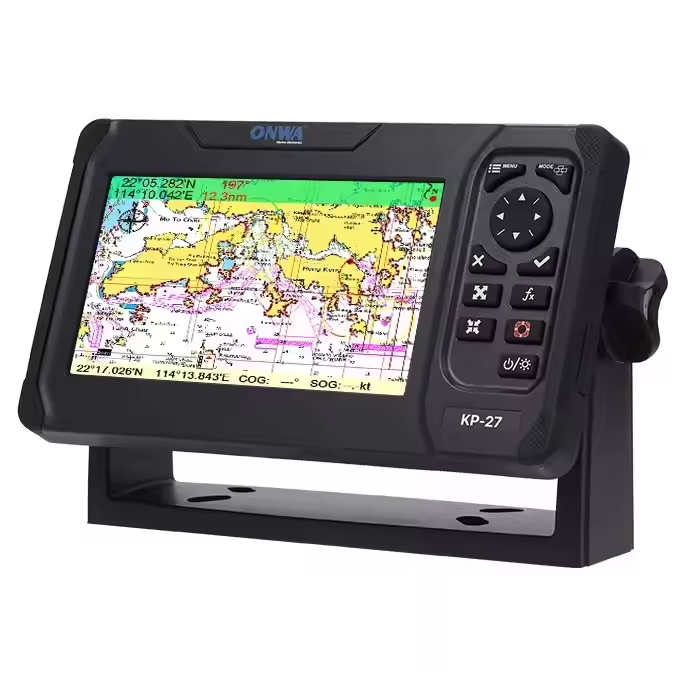
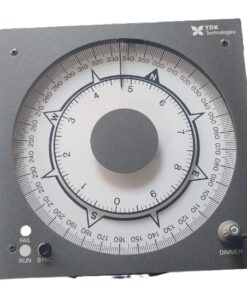
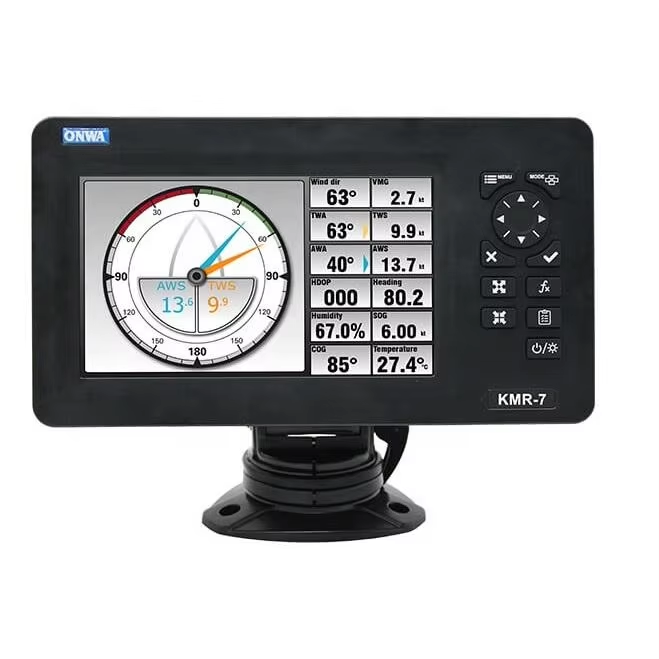
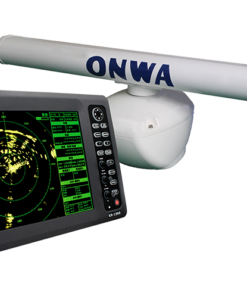
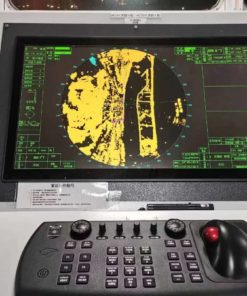
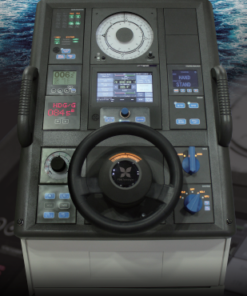
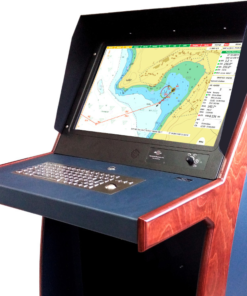
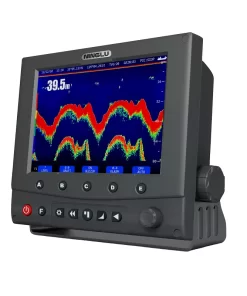
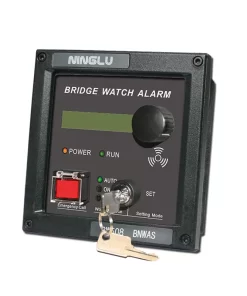
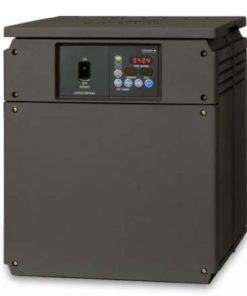
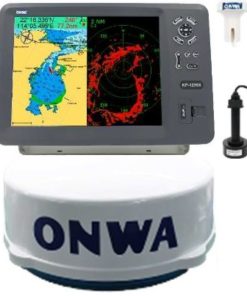
Latest Products
YDK Technologies MKN020 Gyro compass connection box
AED 3,960.0Original price was: AED 3,960.0.AED 2,850.0Current price is: AED 2,850.0.Onwa KM-8X 5-in-1 Marine Bundle Set Radome – GPS, Chartplotter, EchoSounder, AIS, Radar
8-inch GPS Chart Plotter with AIS and Radar
Onwa KM-8A (BUNDLE) 8-inch Color TFT LCD GPS Chart Plotter with Class B+ AIS Transponder MFD [BUNDLE]